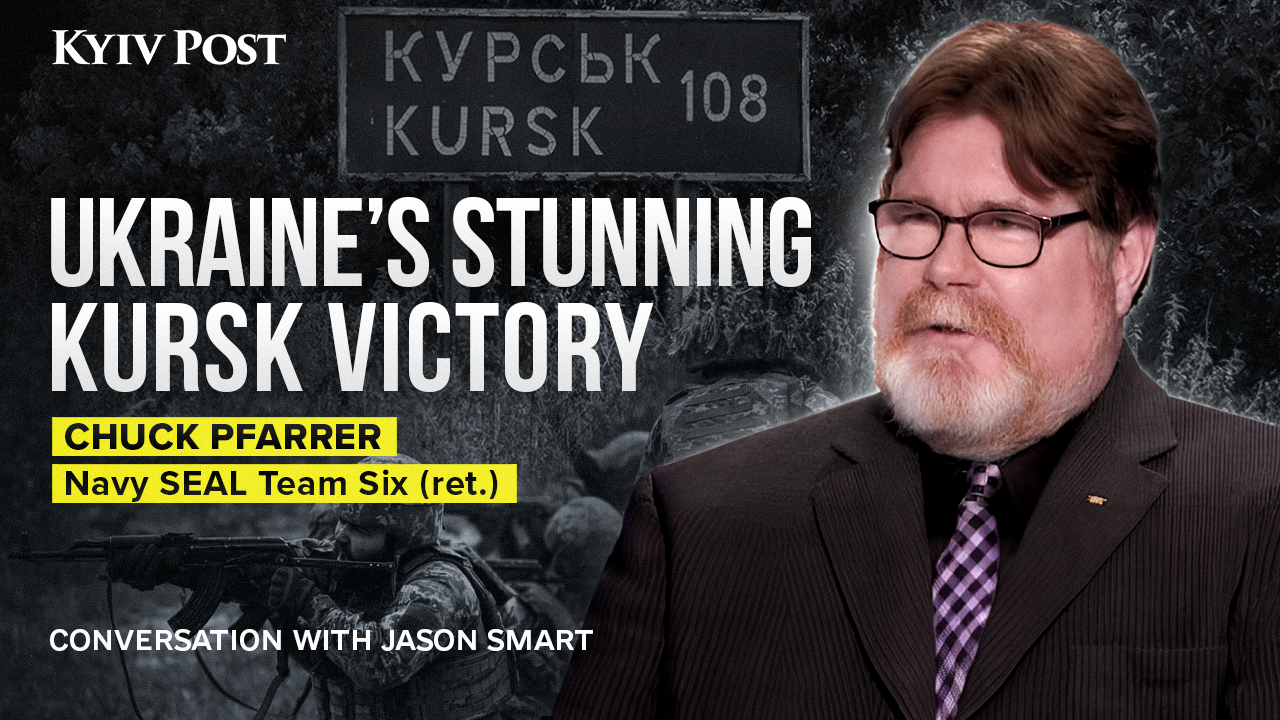Russia’s current war in Ukraine, which extends back to 2014, has left a legacy of scars and pain for millions. The material remnants of Russian aggression include destroyed buildings, damaged property and captured reminders of enemy equipment.
Ukraine’s museums, which had declined in the post-Soviet era due to a lack of funding and exhibits, have become time capsules for history in the making, and as places for learning and reflection.
JOIN US ON TELEGRAM
Follow our coverage of the war on the @Kyivpost_official.
Dedicated staff and enthusiasts are now successfully searching for exhibits along the front lines and undertaking the lengthy tasks of documenting, recording, and obtaining necessary permits for their use from local authorities, the state, and the military.
These efforts have resulted in the collection of a wealth of unique items that capture the spirit of the times and preserve rare details that might otherwise have been lost.
One such museum is the Lviv Military History Museum, which tells the history of the Ukrainian army from ancient times. It was founded by Colonel Vitaliy Provozin, who played a key role in setting up the first exhibits before searching for new ones. He passed away on June 30 this year, but his colleagues have continued his work.

Religious Freedom in Ukraine Under Moscow’s Rule and Kyiv’s Rule
Provozin and his colleagues have collected many interesting exhibits. One such colleague, Oleksandr Poronyuk, guides visitors through the museum and explains the authenticity of items on display.
Wax figures depicting the armor and uniforms of Ukrainian soldiers from the times of Kievan Rus, the Cossacks, and into the 20th century were recreated under the supervision of professional historians.
A special place is reserved for the halls dedicated to Russia’s 21st century aggression in Ukraine, particularly the battles of the Galician 80th Separate Airborne Assault Brigade.
“Everyone knows about the successful defense of Donetsk airport, which lasted more than six months. Everyone knows about the 'Cyborgs.' At the same time, few people know about the stubborn defense of Luhansk airport, which lasted from April to September 2014, during which the 80th Brigade not only held the airport but also protected the local civilian population from the Russians and their collaborators,” Poronyuk says.
The museum not only recreates images of the airport defenders but also presents tangible exhibits from the site, including machine guns, weapons, uniforms of captured Russian soldiers, examples of tripwires and various mining techniques, as well as books and mobile phones.
There are also authentic flags with signatures of soldiers from different units.
The museum houses Russian drones, captured by Ukrainian defenders almost intact, now serving as examples of the enemy's technical equipment. For example, this Granat-4.
Additionally, the museum highlights the human aspect of the war, with many personal belongings of distinguished defenders on display. This includes the uniform of General Serhiy Kulchytsky, who died near Slovyansk in 2014.
Also on display is the diary of Major Andriy Kyzylo, who died in Avdiivka in 2017, where he wrote about combat missions and how they were executed...
...along with flags signed by defenders, many of whom have since passed away.
It is noteworthy that the museum is free to visit. It offers a valuable opportunity to engage with living history, carefully curated by a team of passionate and dedicated individuals.
Photos by Sergii Kostezh and Yaroslav Hrubych
You can also highlight the text and press Ctrl + Enter



















